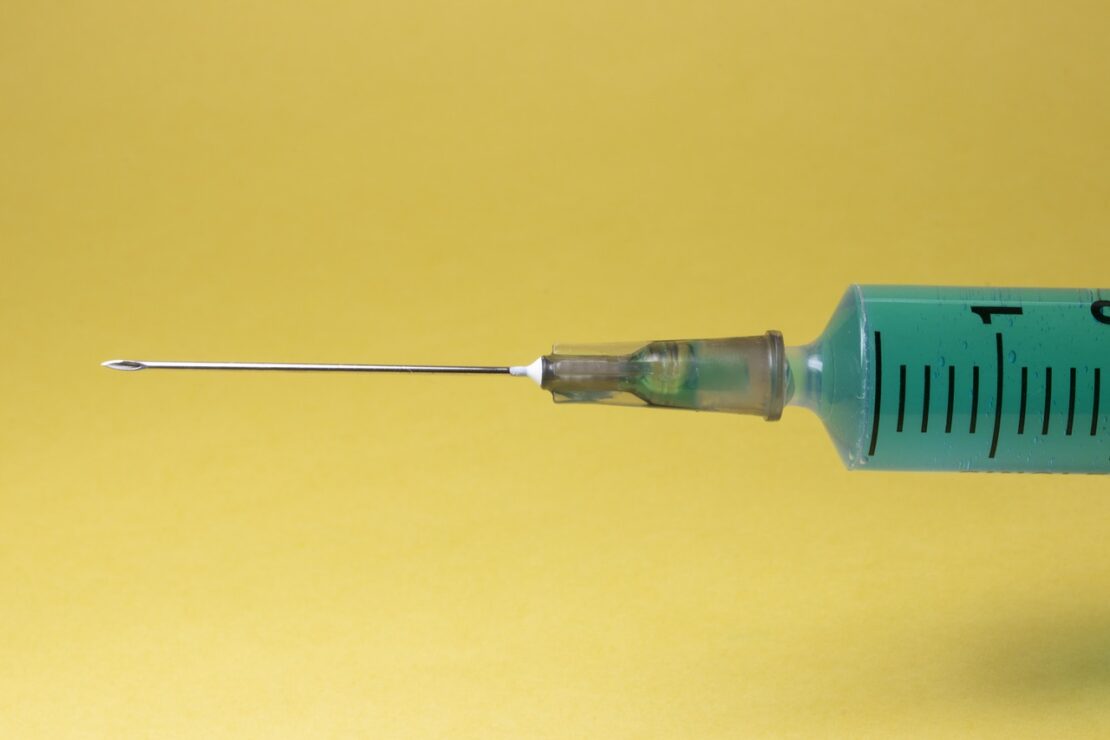Here’s what you need to know about preventing and dealing with Human Papillomavirus

One of the many things that the pandemic has taught people is how to assess risk. Whether it be in regards to crowds of people, hanging out with friends, or going home for the holidays, people are more conscious of the risk these activities present within the environment of COVID-19.
That same mindset also applies to sex and the risk of sexually transmitted infections (STIs), especially as restrictions are lifting — just in time for Valentine’s Day. One such STI to be aware of is the Human Papillomavirus, or HPV .
HPV is one of the most common STIs in Canada. It’s so common that three out of four sexually active adults will contract it at least once in their lifetime. On top of being transmitted during oral, vaginal, and anal sex, it can also be transmitted through genital skin to skin contact with no penetration, as well as by sharing sex toys. HPV can also be transferred if a barrier, such as a condom, isn’t covering the entire area.
There are two main types of HPV infections to be aware of: low and high-risk infections. Low-risk HPV doesn’t cause any long-lasting problems to the body, and the immune system can handle eliminating it.
“Most people don’t even know they have [low-risk HPV],” said Jennifer Gibson, the co-ordinator of community education services with Island Sexual Health. “It clears within 24 months. If it presents genital warts we can manage the symptoms with things like liquid nitrogen or topical creams, but we don’t have to do it, it’s a choice. People can literally live with the symptoms and the body still does the work on the virus.” If HPV does present symptoms, they will be genital warts.
Gibson also clarified that in her 18 years of working with Island Sexual Health, the majority of people who find out that they have an infection are completely taken aback by the news because they have very few, if any symptoms of an STI at all. They have also never identified themselves as someone at risk for infection.
On the other hand, high-risk HPV can cause cervical, throat, vaginal, penile, and anal cancer, if and only if left alone for a long period of time. While HPV can cause cancer, this is a worst case scenario and despite how terrifying the threat of cancer is, HPV on its own is treatable and manageable.
To avoid the worse case scenario, there are multiple strategies a person can take. One of those is regular screenings.
For people with a cervix, the recommended screening for HPV and cervical cancers is a Pap exam. Regular Pap exams are recommended to begin when a person becomes sexually active, or turns 25. The Pap exam repeats every three years. If you are sexually active, it is probably a good idea to get tested regularly.
If something is spotted during the Pap exam, regular screenings will increase to a six month schedule to monitor the irregularity to see if it improves on its own. A high percentage of people will have normal cells again in six months. There are occasionally people where it progresses much more quickly, but that’s where the increased screening schedule comes in. When people develop cervical cancer, the majority of them have not had a Pap exam for more than a decade. It’s important to note that the Pap exam does not cover every STI.
For people without a cervix, there is no direct equivalent for a Pap exam for HPV testing. There are anal smears for people partipating in anal sex, but nothing like a penile smear. In these cases, self-monitoring your body is a very important preventative step. In this case, it’s important to build up the habit of getting regularly tested for STIs and HPV.
How regular is regular? This is very dependent on the person. Gibson says that factors can include relationship status and practices. When someone becomes sexually active, about three months after they have sex for the first time is a good time to get screened. And that is dependent on the individual person’s needs, which could be one every year, or several times a year. For example, if someone has many sexual partners, Gibson says it’s good practice to get screened every three months or so to stay on top of things. If someone is in a long-term relationship with the same partner or partners, it can be once a year.
When getting tested, be sure to inform your health care provider which parts of the body that you use for sex. And always remember to ask your healthcare provider, “What am I being tested for today?” Never assume you are being screened for every STI.
On top of regular screening, there are currently two HPV vaccines available in Canada. The first is Gardasil 4/HPV4. It protects against four types of HPV: HPV 6, 11, 16, and 18. The HPV4 vaccine is a series of three injections given at zero, two, and six months. HPV 16 and 18 cause most cases of cervical and anal cancers and cause 90 per cent of genital warts.
The second vaccine is Gardasil 9/HPV9. It protects against HPV types 6, 11, 16, 18, 31, 33, 45, 52, and 58. These nine HPV types are known to cause approximately 90 per cent of cervical cancers, 80 per cent of cervical precancers, 75 per cent of HPV-related vulvar, vaginal, and anal cancers and precancers, and over 90 per cent of genital warts.
While preventive, the vaccine doesn’t take away the need for future screenings, so continue to get screenings on top of the vaccine and practicing safe sex. If vaccinated, a person’s chance of getting cervical cancer is reduced by 87 per cent.
If you haven’t been vaccinated and have been exposed to HPV, the vaccine won’t provide treatment but will provide prevention for what you haven’t been exposed to yet.
Despite being such a necessary vaccine, it isn’t free for everyone. All provinces and territories have publicly funded, school-based HPV vaccination programs for girls, and most have them for boys, 9–13 years of age (Grades 4–8). The HPV9 vaccine is also available for free for HIV-positive people (9–26), transgender people (9–26), men (9–26) who have had sex with other men, men (9–26) who aren’t sexually active but are questioning their sexuality, or are street-involved.
If you aren’t in these groups, you can purchase the vaccine at a pharmacy, public health unit, or travel clinic, but be aware that they can go up to $500. Some of the cost can be covered by your health plan, so be sure to investigate your coverage.
“What we’re basically doing is Harm Reduction Strategies,” said Gibson. “There is always going to be a level of risk and so knowledge, and our knowledge around HPV — low-risk, high-risk, how it’s transmitted, how we manage it, how we prevent it — really is the key to be able to assess situations and your comfort level.”
HPV is not a life sentence. It is manageable. If someone is infected with HPV, it doesn’t mean it will develop into cancer and it doesn’t mean the person ‘failed.’
“[Viruses] are sneaky, tricky, shifty!” said Gibson. “They just know where to go and how to get there and will do it however they can.”
Gibson notes that sexuality is more than just sex. It is an ever-changing experience that contains duality, diversity, and so much more. People deserve to be healthy while exploring that part of themselves. It all comes down to knowledge and risk assessment.








